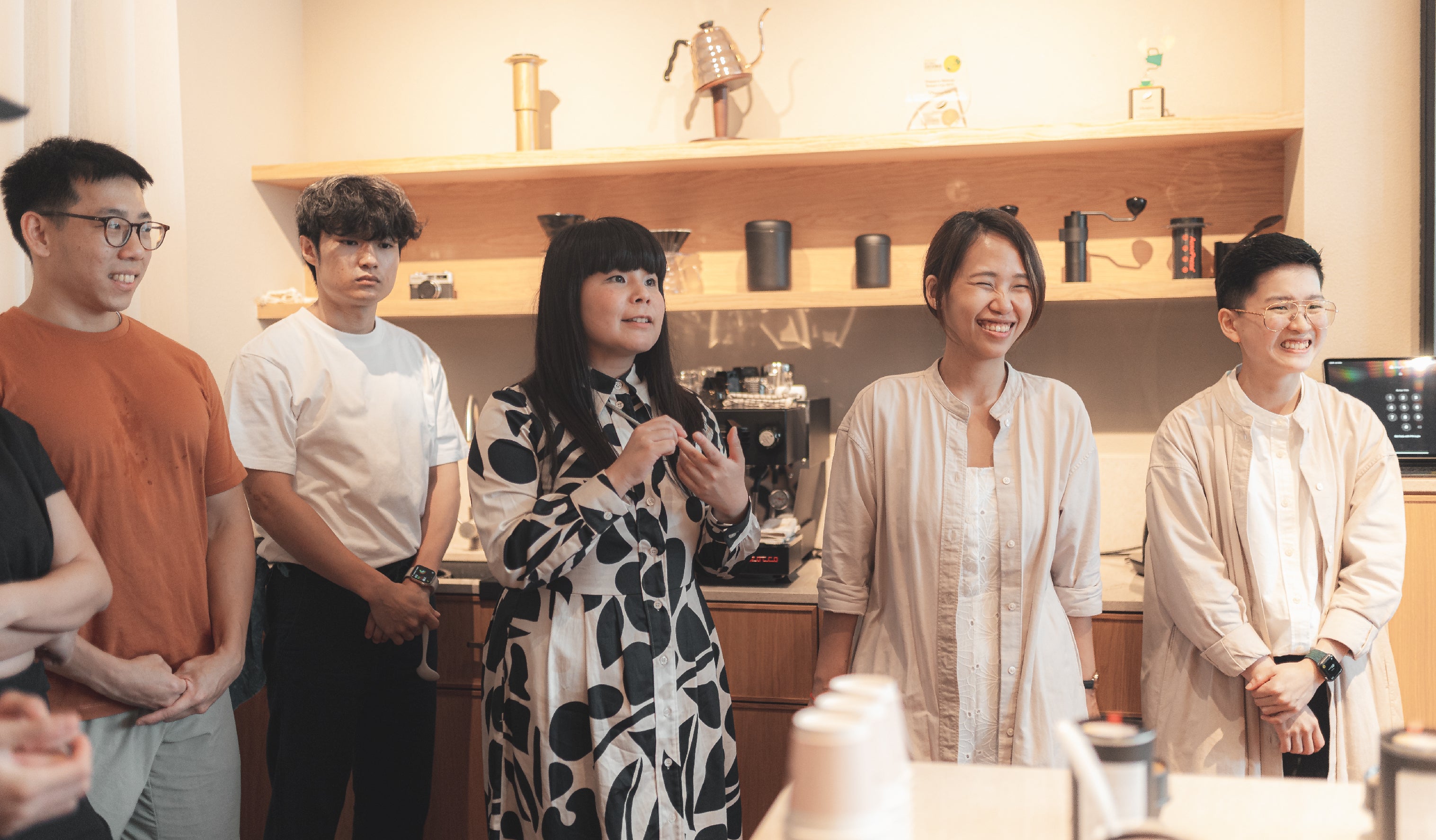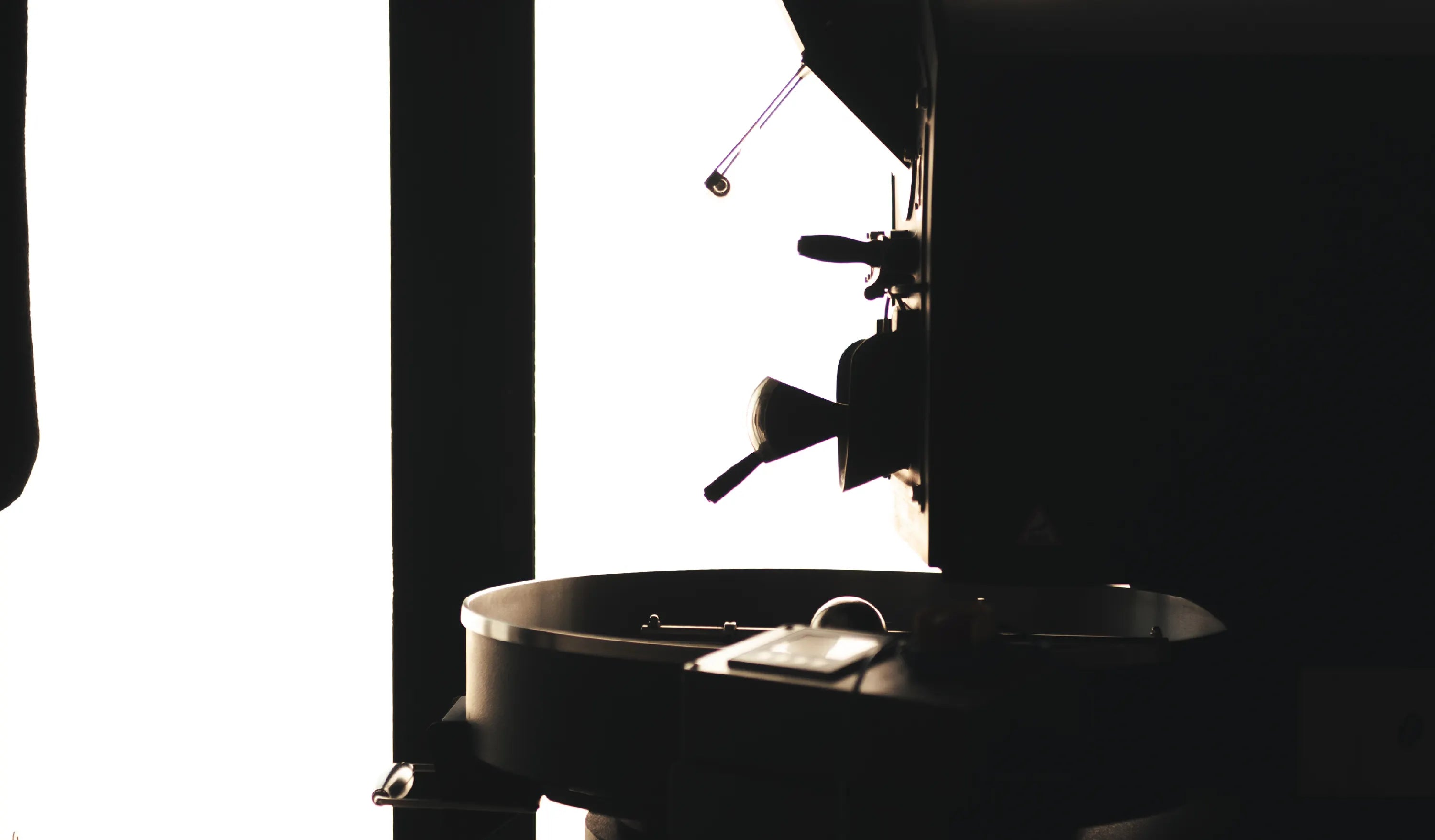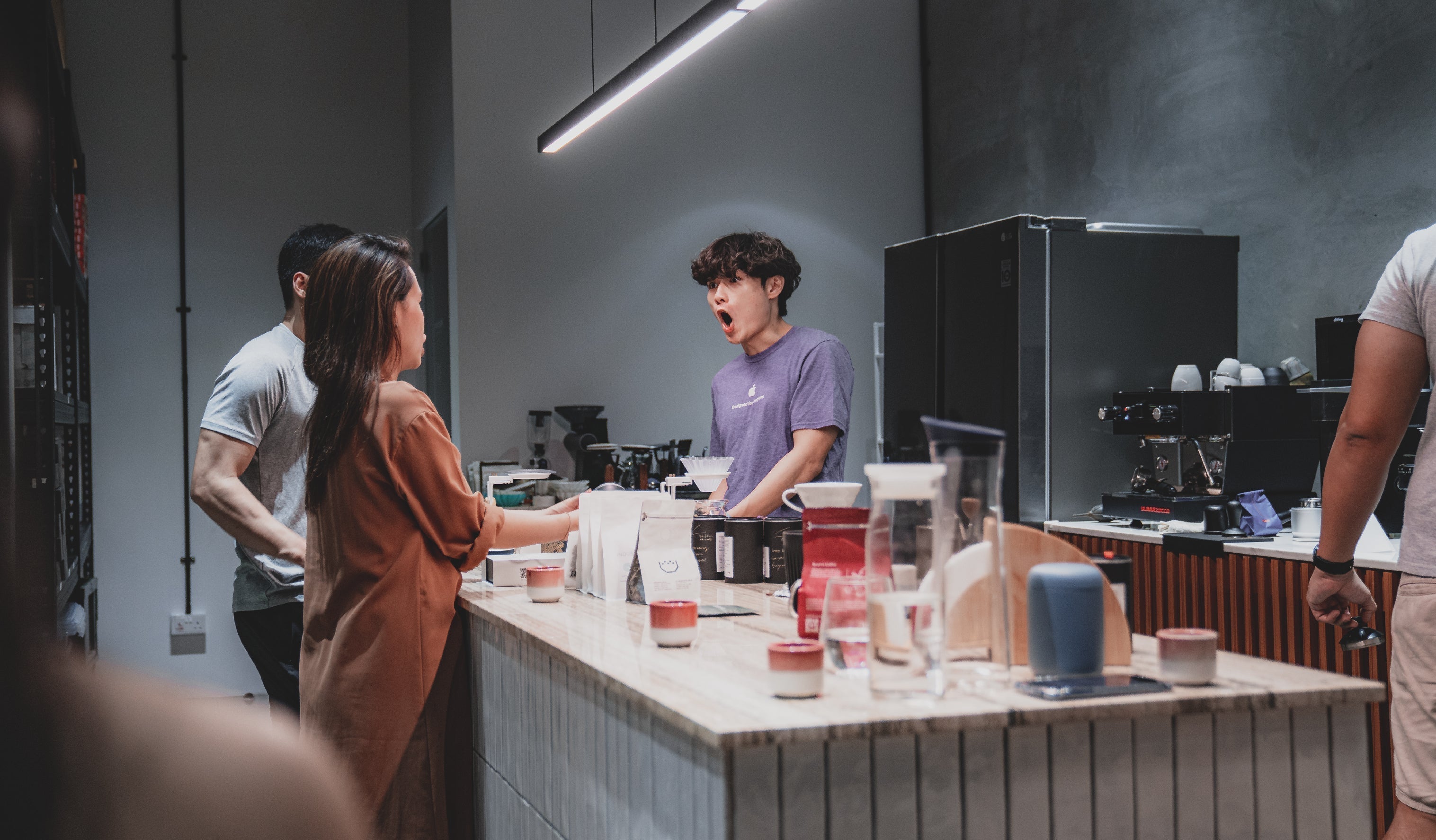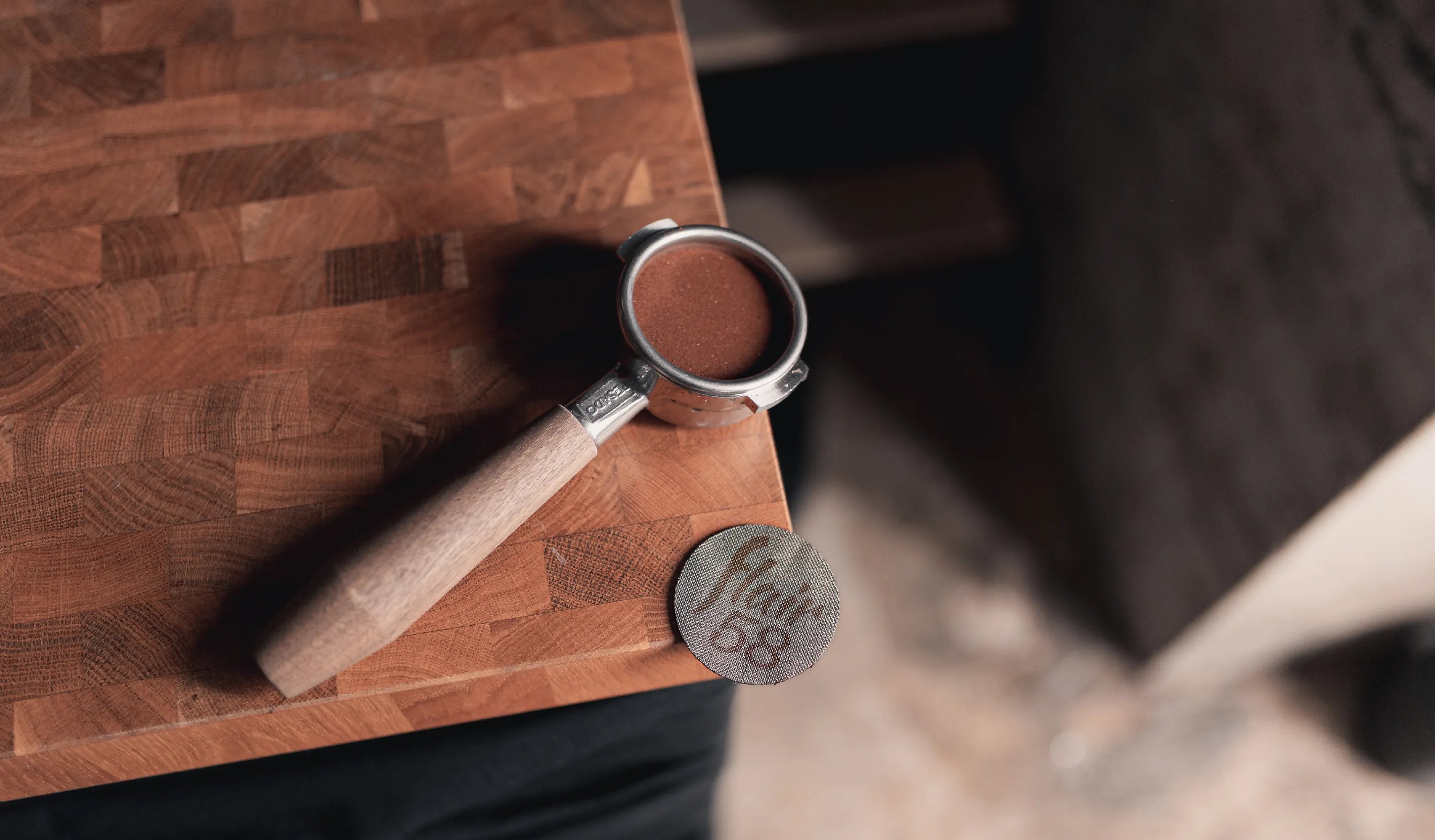The smell of freshly brewed coffee fills the room, and then slowly vanishes. A coffee that tastes lacklustre seems to grow in complexity over time.
Ordinarily, coffee is often served piping hot, and although some may scoff at the idea of enjoying a cup of coffee even when it is completely cooled down, it is a practice that is commonplace among specialty coffee drinkers. In fact, if you have ever had the odd experience where a cup of coffee appears sweeter when it has completely cooled, you are not alone!
Behind the scenes, there is a perfectly explainable reason for this observation. Our taste buds are sensitive to temperature, and in this case, especially so for the liquid that it comes into contact with. From the temperature that a coffee is served, the intensities of the different flavour attributes that one notices and changes vary as the temperature of a coffee cools from when it is first served, up to the point that it reaches room temperature.
A study by Chapko and Seo in 2018 found that among the 24 attributes prescribed to be utilised in the description of the taste of a coffee, almost all (91.7%), except for “green/unripe flavour” and “viscosity”, were found to differ significantly with serving temperature.

At higher temperatures of approximately 70°C (at which a coffee is assumed to be served) there was a greater perceived intensity of aromas, with more distinguishable intensities of cocoa/chocolate, ashen notes or roasted flavours that seem to decrease over time.
On the other hand, at the lower temperature of 25°C (at which a coffee is assumed to cool towards) the coffee samples were perceived to have more visible oil and green coloured flavour notes, while also heightening perceived sour and stringent intensities. The lowered temperature seems to also have a negative side effect of highlighting stale and tobacco-like flavours that may be present in the coffee.
Yet, what causes this observed phenomenon?
From the 2016 study by Steen et al., it was found that the release of volatile aromatic compounds found within the coffee is greatly increased above 40°C. Additionally, compounds derived from the Maillard reaction in the roasting process are released in the largest quantities at temperatures of 50°C and higher. This aligns with the potent ‘roasted’, ‘bitter’ and ‘overall intense’ flavours that were identified with the hot coffee samples in the previous study.
On the flip side, consuming a coffee below the temperature of 44°C allowed for prominence of the non-roasted flavours to shine through. This can possibly be anything from the acidity, sweetness, as well as potential negative flavours that might have otherwise gone unnoticed in the hotter stages of the coffee.
With specialty coffee, where we want to be able to taste the complexity of a coffee in its entirety, both studies showed that there are generally two main ranges that one should assess a coffee: the higher temperature range of 55°C - 70°C when a cup of coffee is first served; and the slightly cooler range from 25°C - 40°C after a cup has been left to cool for some time.

Application to Real Life
The knowledge of an evolving profile of taste perception is not new. In 2022, Nucleus Coffee Tools introduced The Compass, which constantly measures and displays the temperature of a cup of coffee.
This allows a consumer to be in sync with the temperature of the coffee that they are drinking, and while this live-time level of accuracy may not be important for the everyday coffee drinker, it makes for a useful piece of equipment when writing taste descriptors for coffee, or conducting assessment and scoring of coffee samples!

Should such a device to measure temperature be a little too over the top, however, simple awareness of this effect on one’s coffee is more than enough knowledge to enable a proper enjoyment of the coffee at hand. So, the next time you brew our coffee at home, don’t be in too quick of a rush to finish it – from when our coffees are just about drinkable at 67°C, there is still plenty of time to let the coffee slowly sit as you watch the sweetness slowly shine through the cup.
From hot to cold, patience is the key to tasting success!
From Hot, To Cold
Journal article by Homeground Coffee Roasters.
Journal Archive

Milk in World Barista Competitions
An overview of milk concentration methods in coffee competition, focusing on freezing techniques that enhance milk's qualities for great coffee beverages.

How Coffee Cup Colours Affect Your Drinking Experience
Cross-modal perception of colours on the taste of coffee

Learning to enjoy more

Same Coffees Everywhere, All at Once
Why do local specialty coffee shops serve the same coffees?

A study of unexpected coffee production nations

A low down on using puck screens for espresso machines


